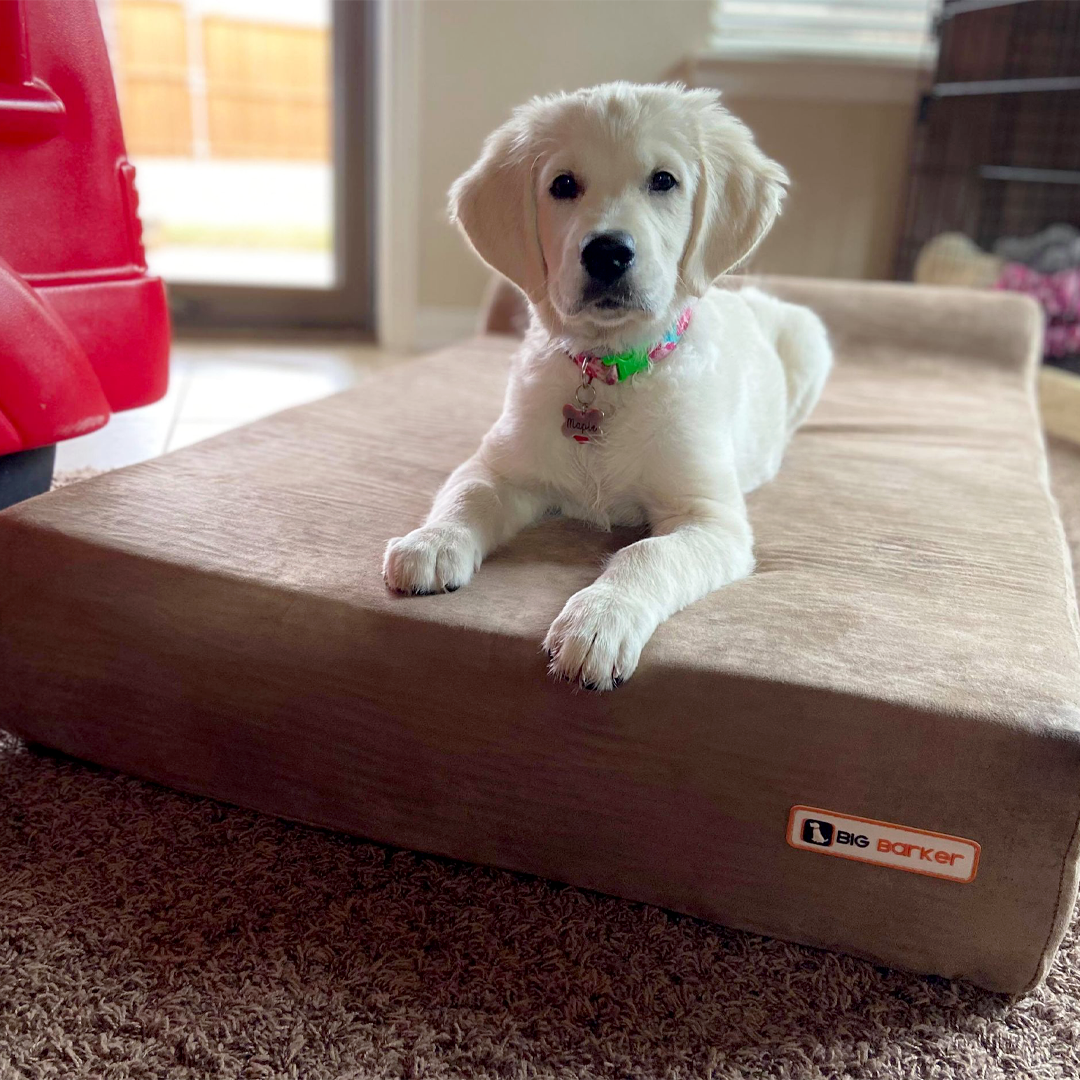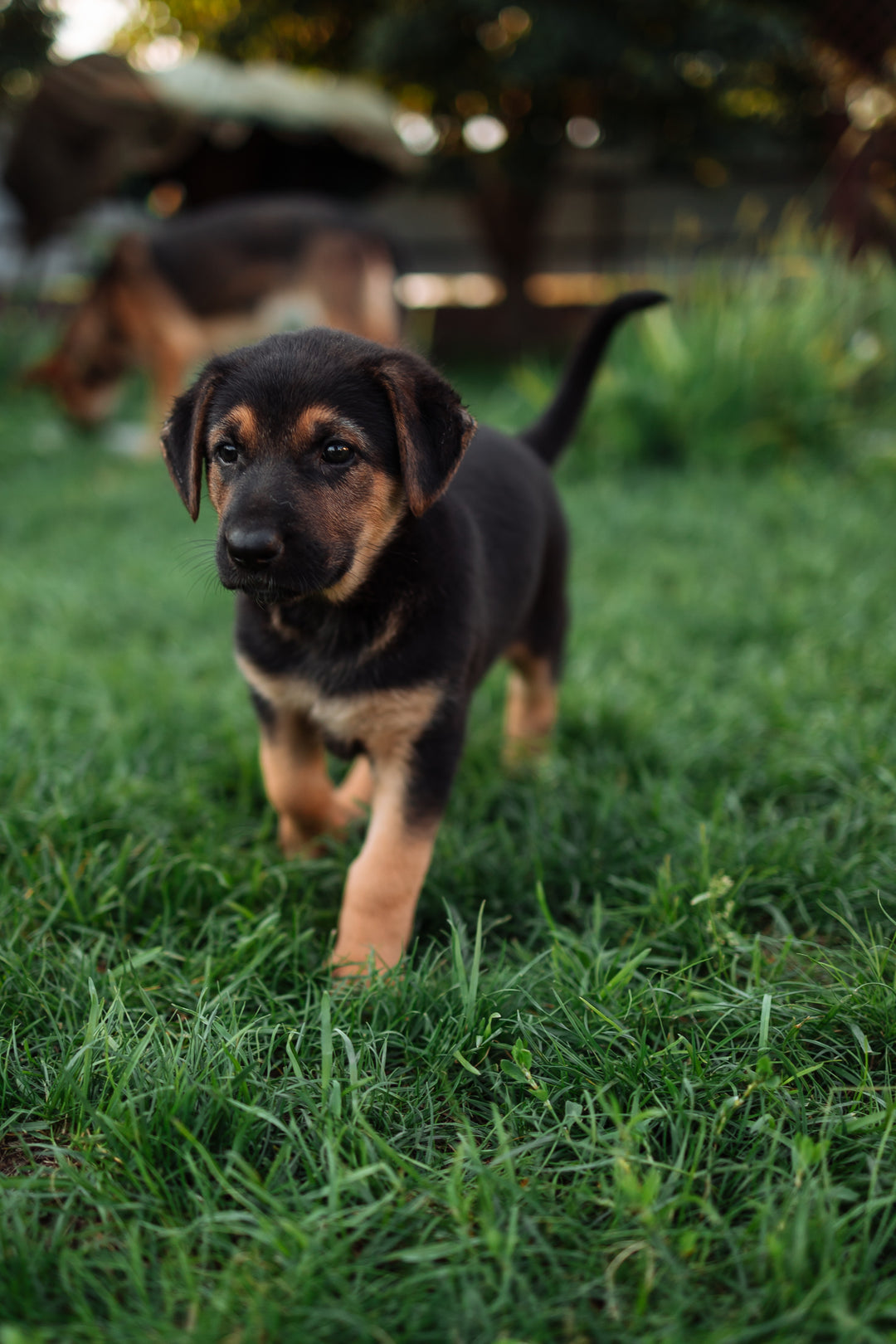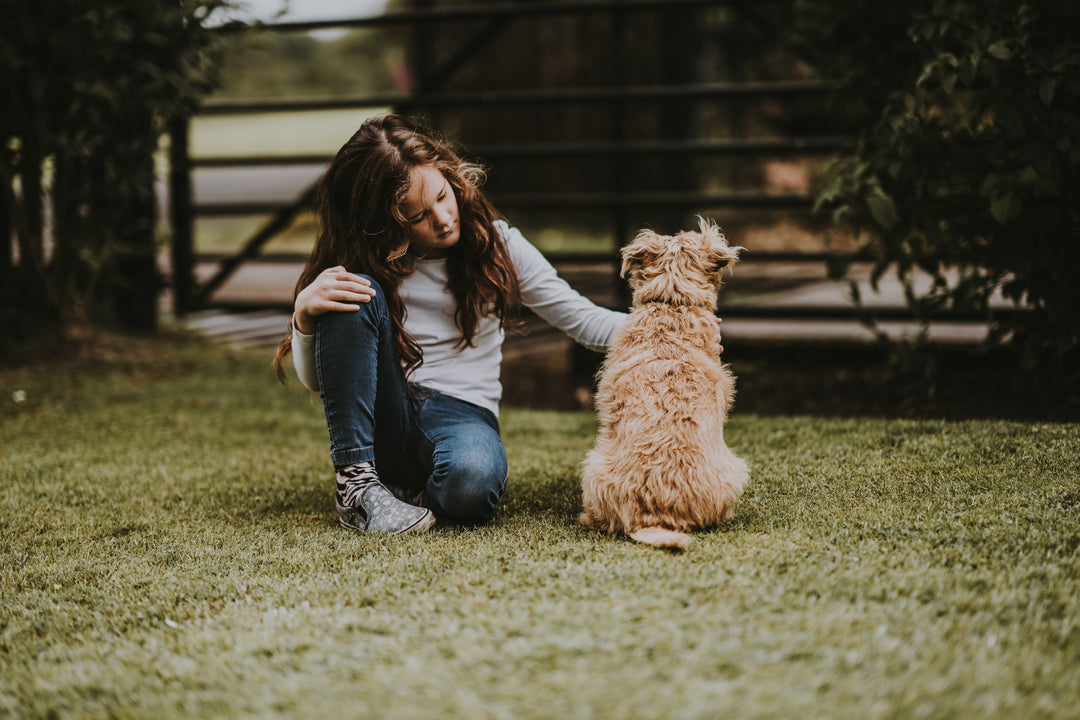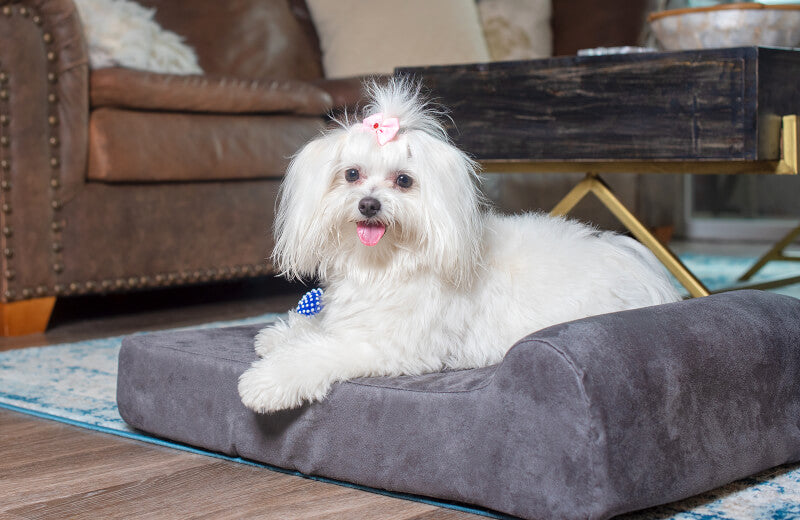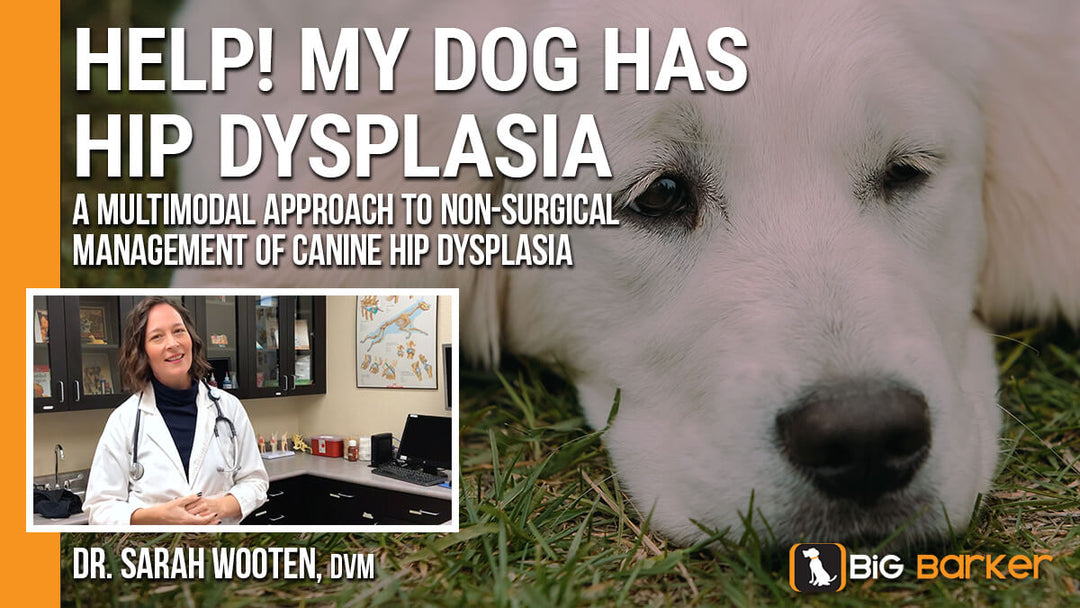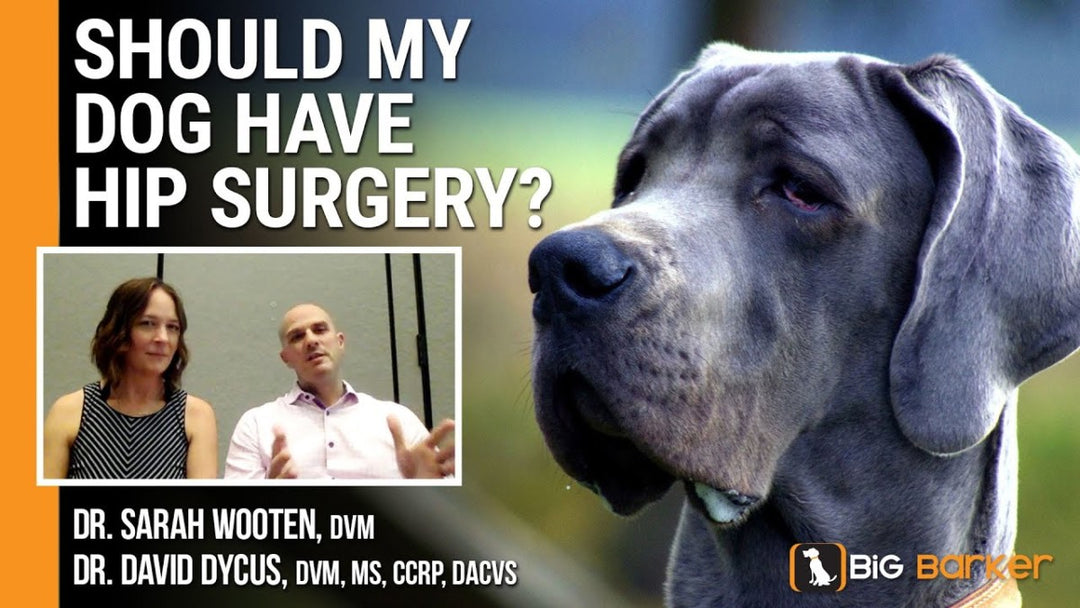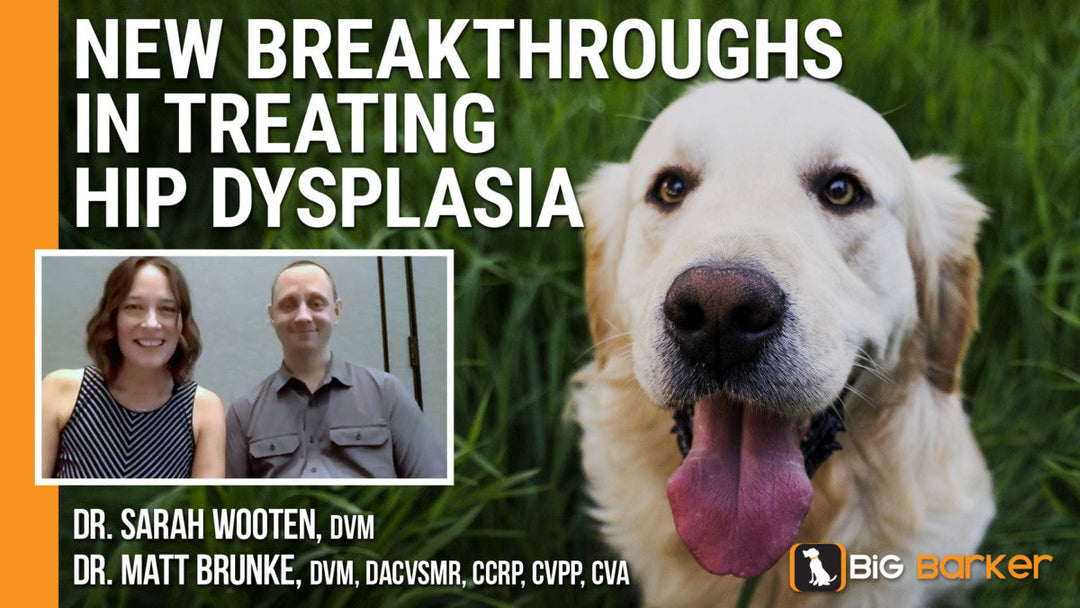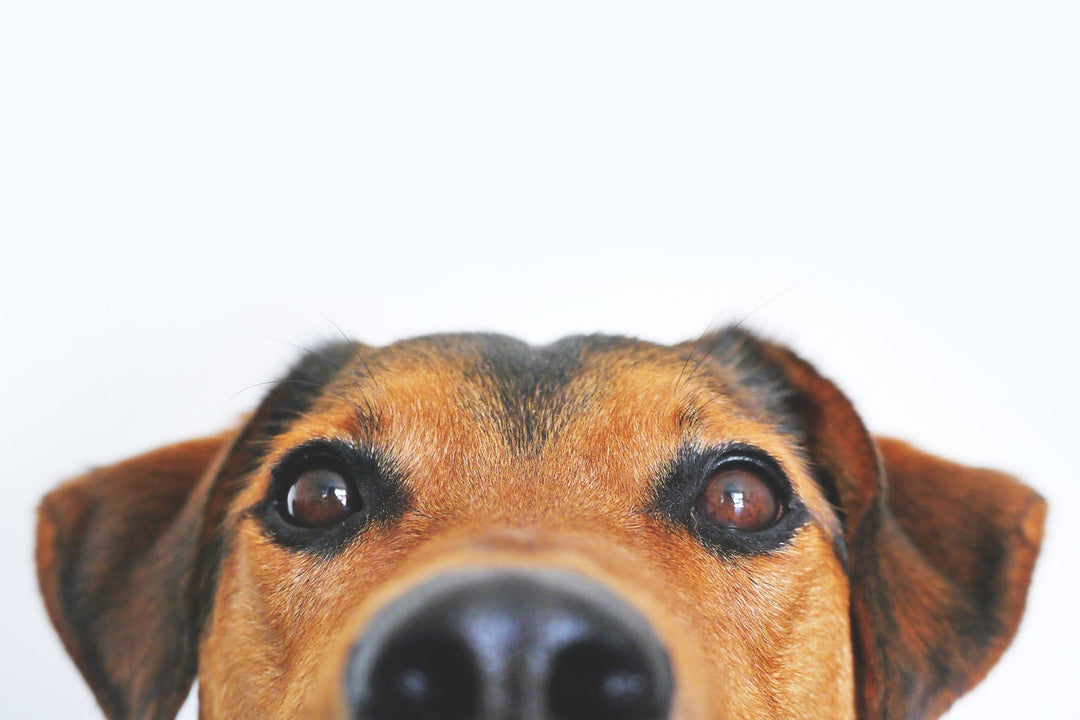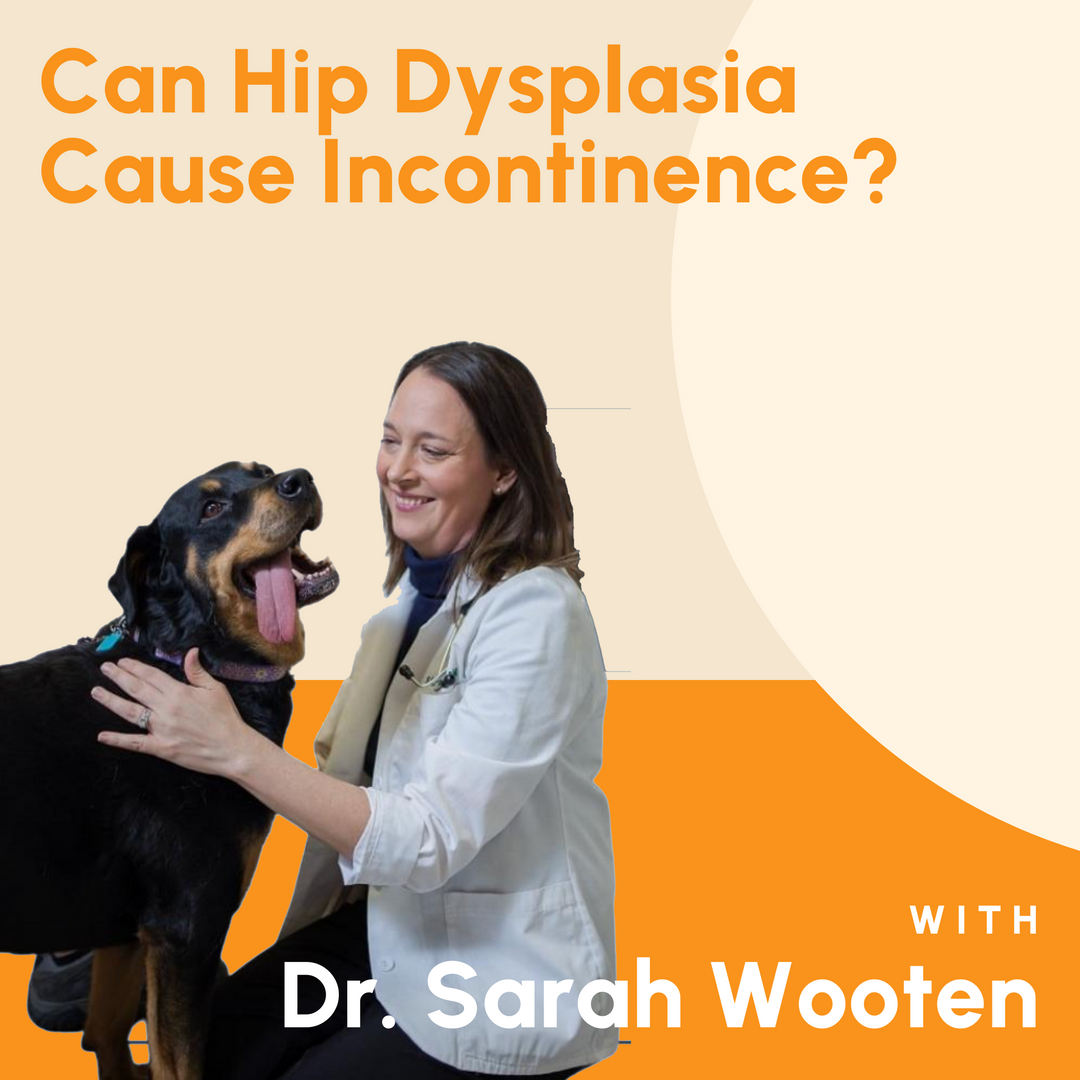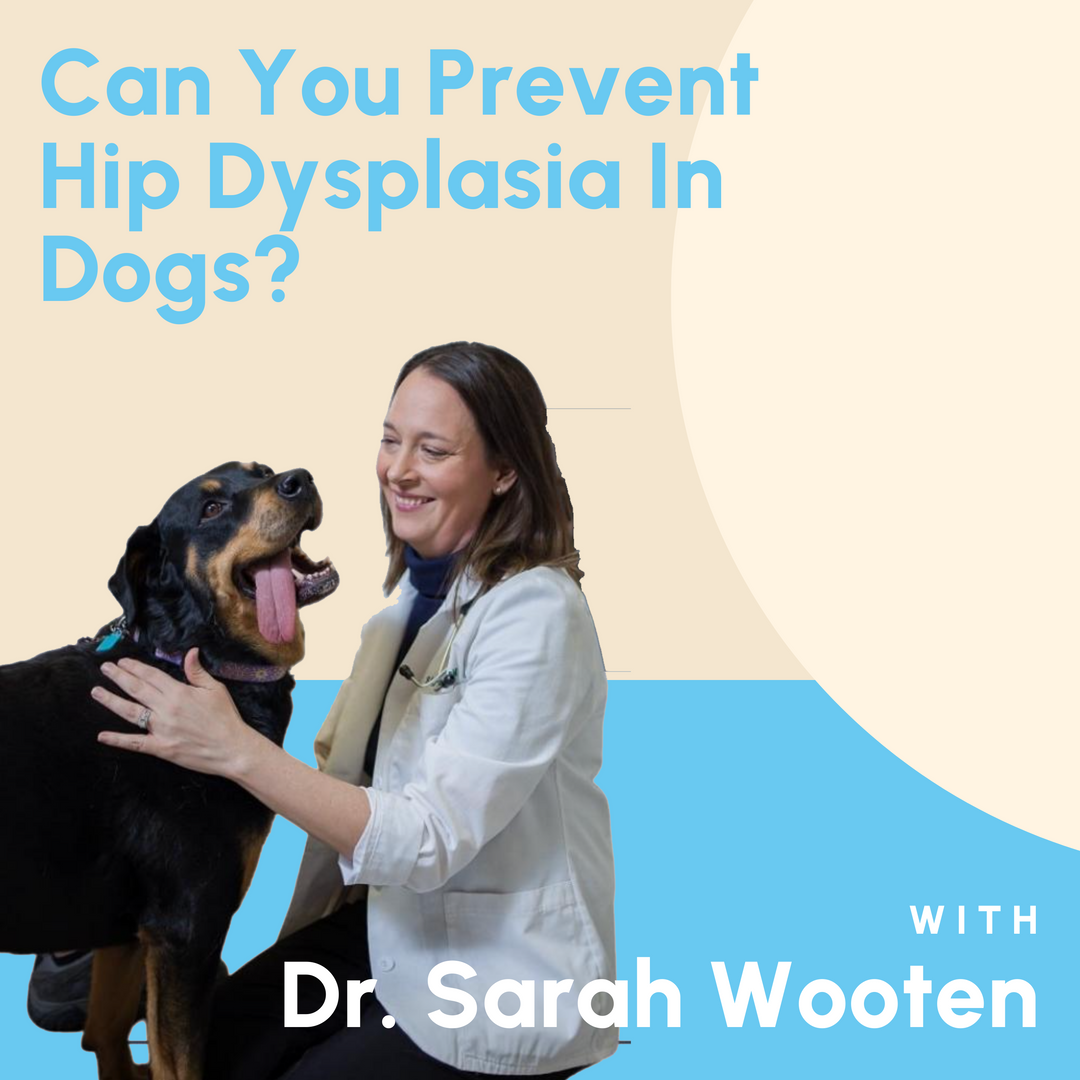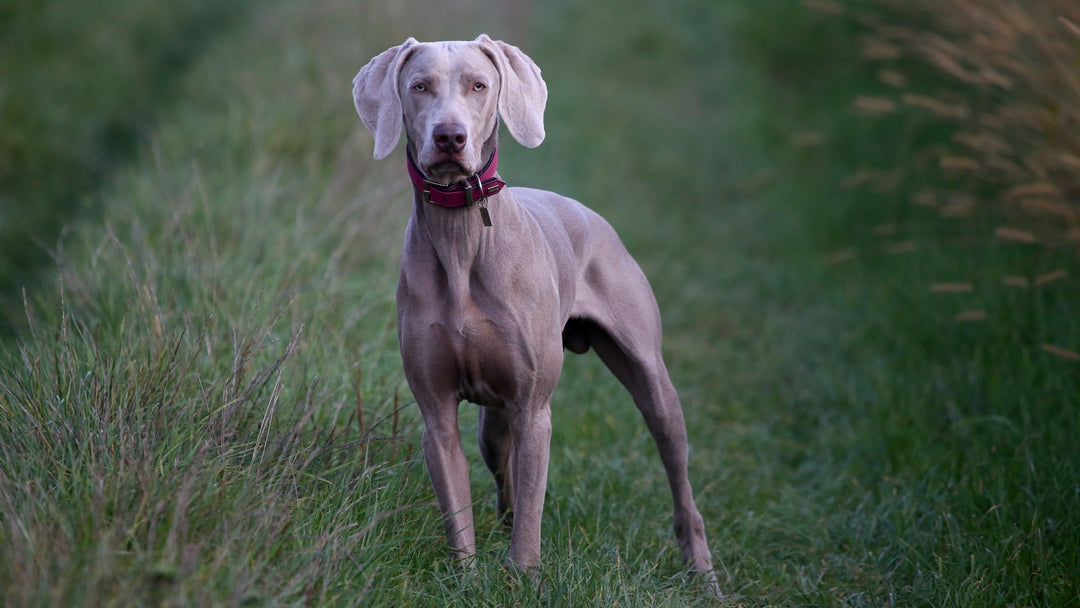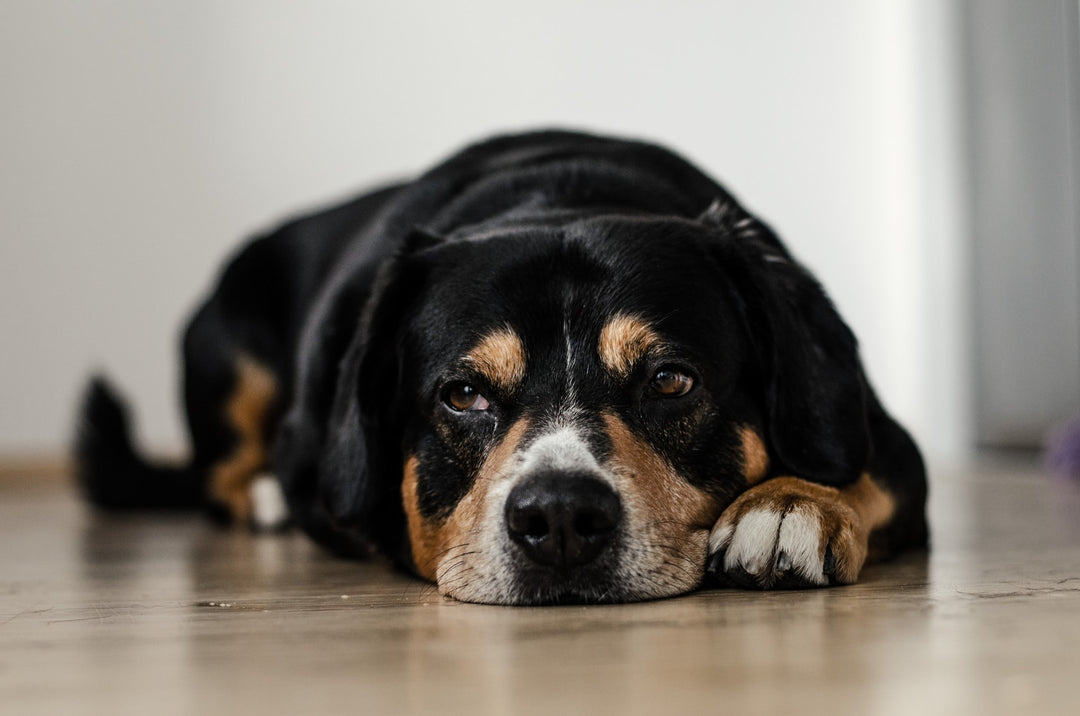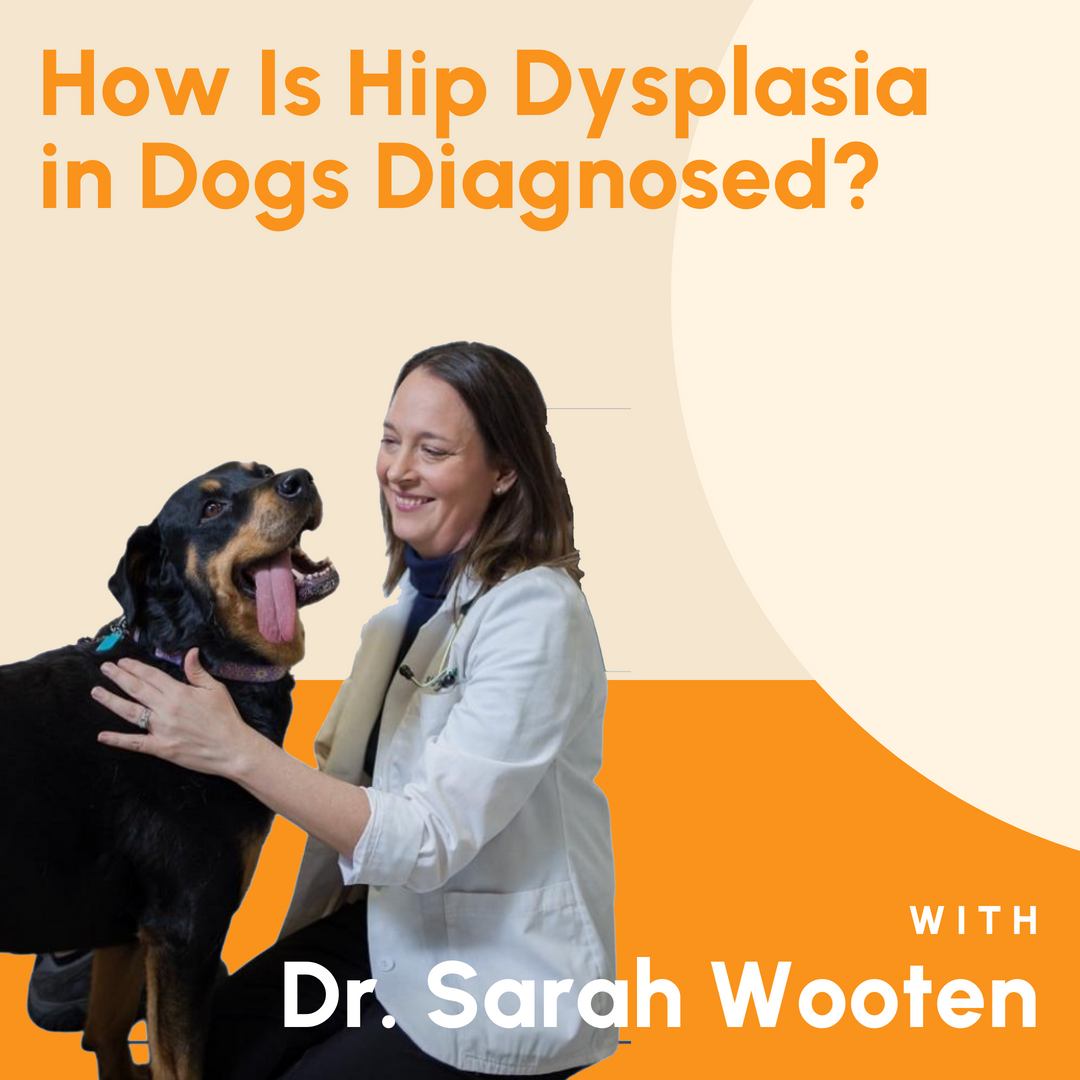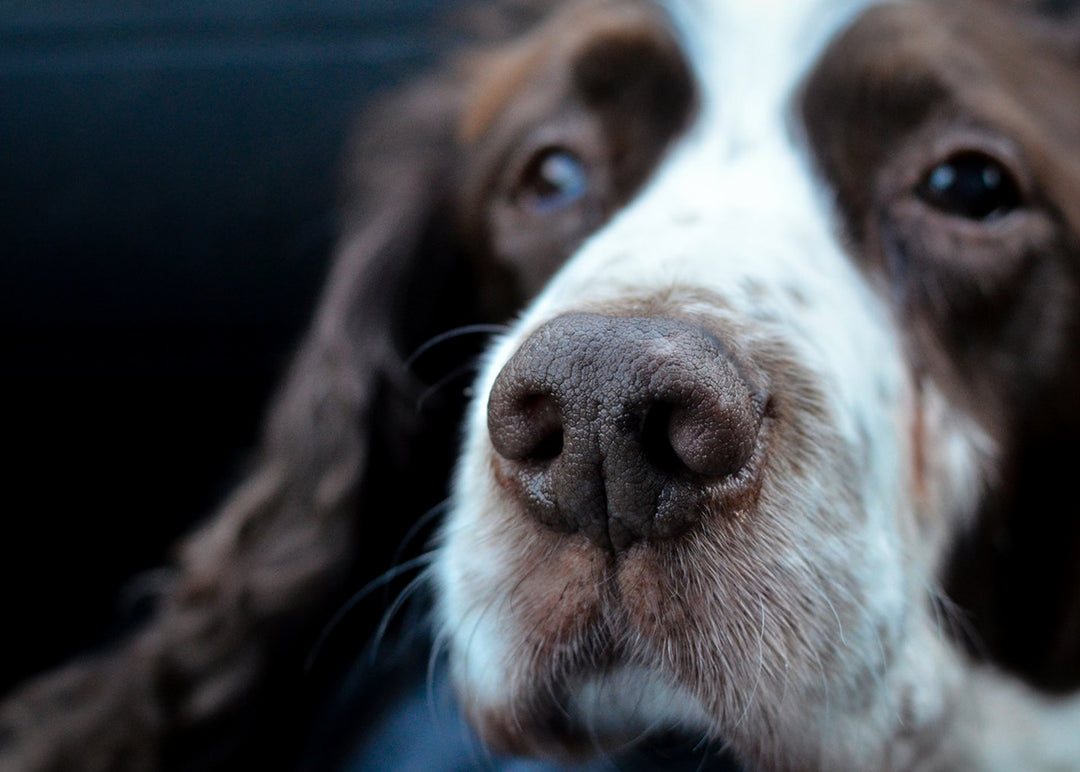Wellness
In a study conducted by Nestle Purina 48 Labrador Retriever puppies from 7 litters were gathered and split into two groups: the unrestricted eater group and the restricted eater group, which was fed 25% less than its counter-group.
Hip Dysplasia is both genetic and environmental. That means your puppy could be predisposed to getting Hip Dysplasia, but also could develop Hip Dysplasia from environmental factors as well. In other words, Hip Dysplasia is both nature AND nurture.
Nail Trimming Can Be Hard
If you are reading this, you have a dog whose nails need trimmed. Nail trimming can be a very hard activity. Dogs fear the nail clippers or dremmel, making the job stressful and hard. Completing this task takes practice, confidence, and lots of dog treats. Both you and your dog will enjoy the nail trimming process more if you follow these few basic steps.
How much can a heating pad help a dog with arthritis?
Wondering if canine massage could help your dog? Dr. Capon goes over all the benefits.
Did you know dogs can sleep up to 18 hours a day? A good quality night’s sleep is as important for your dog’s health as it is for your health. Here are the top five reasons I believe why all...
Hip dysplasia. Those two little words can strike fear into any dog owner, but I’m here to give you hope and lots of it. If your dog has hip dysplasia, or you think they do, well, I have good news. There are five easy things you can do to help ease your dog’s pain today.
[ VIDEO TRANSCRIPT BELOW ] Dr. Wooten: Hi there, I’m Dr. Sarah Wooten. I am here with Dr. Robin Downing, and we are here to talk about pain in dogs. So why don’t you let our viewers know who you...
Read about the conversation Dr. Wooten and Dr. Matt Brunke had about the options to help a dog that has hip dysplasia.
Hip dysplasia is an abnormal forming of the hip joint, also known as the ball and socket joint. The joint that connects the pelvis to the long bone of the back leg. This can cause arthritis in that joint and it can cause a dog to be stiff and to have pain and difficulty getting around.
Hip dysplasia is usually present from birth, but oftentimes, we don’t see the signs until later. In that case, it can seem that the dog was normal one day and abnormal the next. It can be scary when it happens, but many times a dog's hip can simply pop out of joint, or they subluxate their hip joint.
There are several things that you can do to try and prevent hip dysplasia in your dog, or any dog that you are considering adopting or bringing into your home, especially puppies. Learn about some of the things that you can do to prevent hip dysplasia.
Hip dysplasia does not necessarily cause any disease in front legs, so it does not cause any developmental problems in the formation of any of the joints in the front legs. However, with severe hip dysplasia, a dog does not want to use their hind legs at all because it hurts.
Learn about the different ways hip dysplasia can affect a dog from expert veterinarian, Dr. Sarah Wooten.
Dr. Wooten discusses the benefits and drawbacks of several different diagnostic methods for determining if a dog has hip dysplasia.
Our expert veterinarian explains six things to do once you've found out your dog has hip dysplasia.
Dr. Wooten reviews options for dogs who aren't able to get up due to hip dysplasia.
Dr. Wooten goes over the impact that hip dysplasia can have on a dog's quality of life.
Dr. Wooten reviews the different ways that you can help your dog if they're suffering from hip dysplasia.
